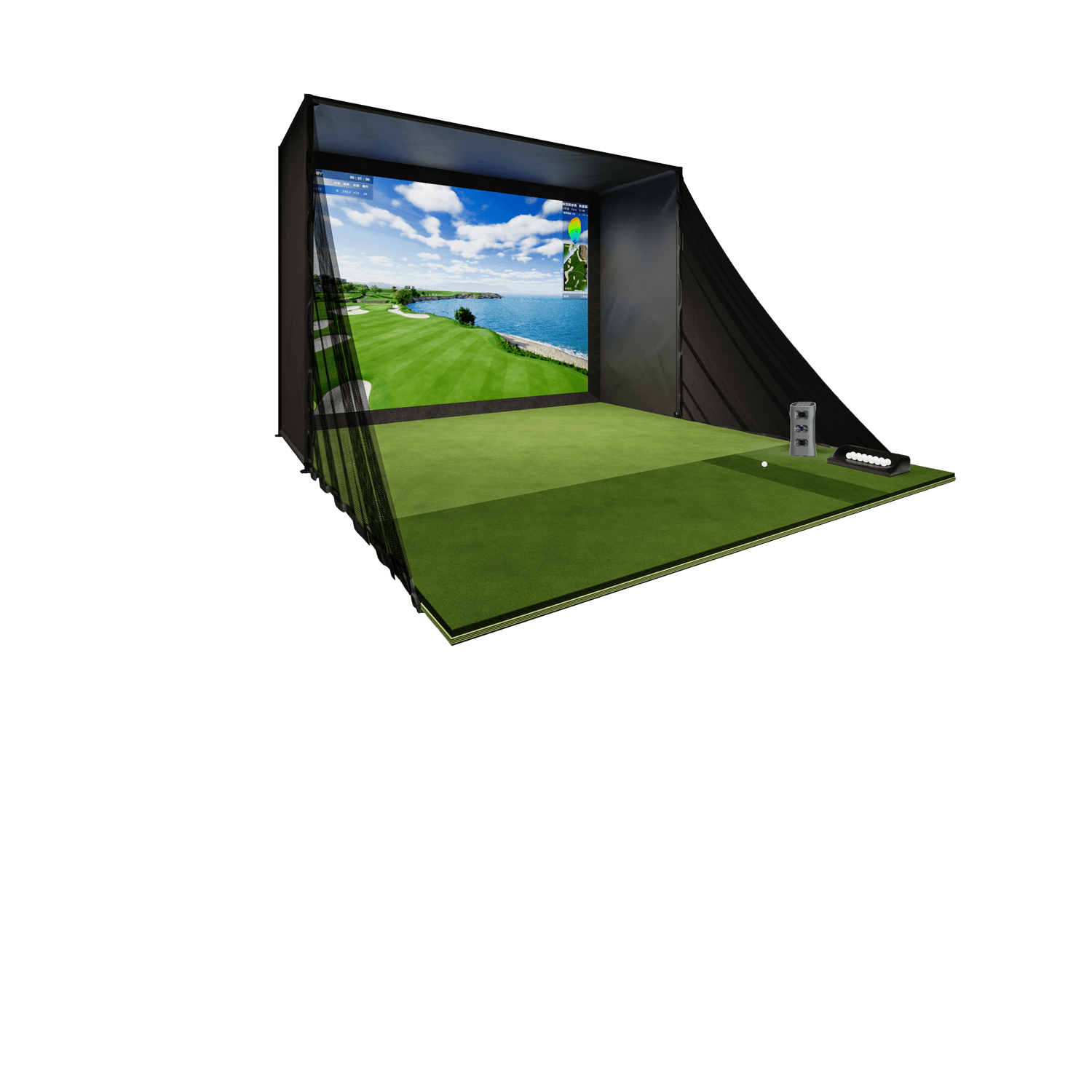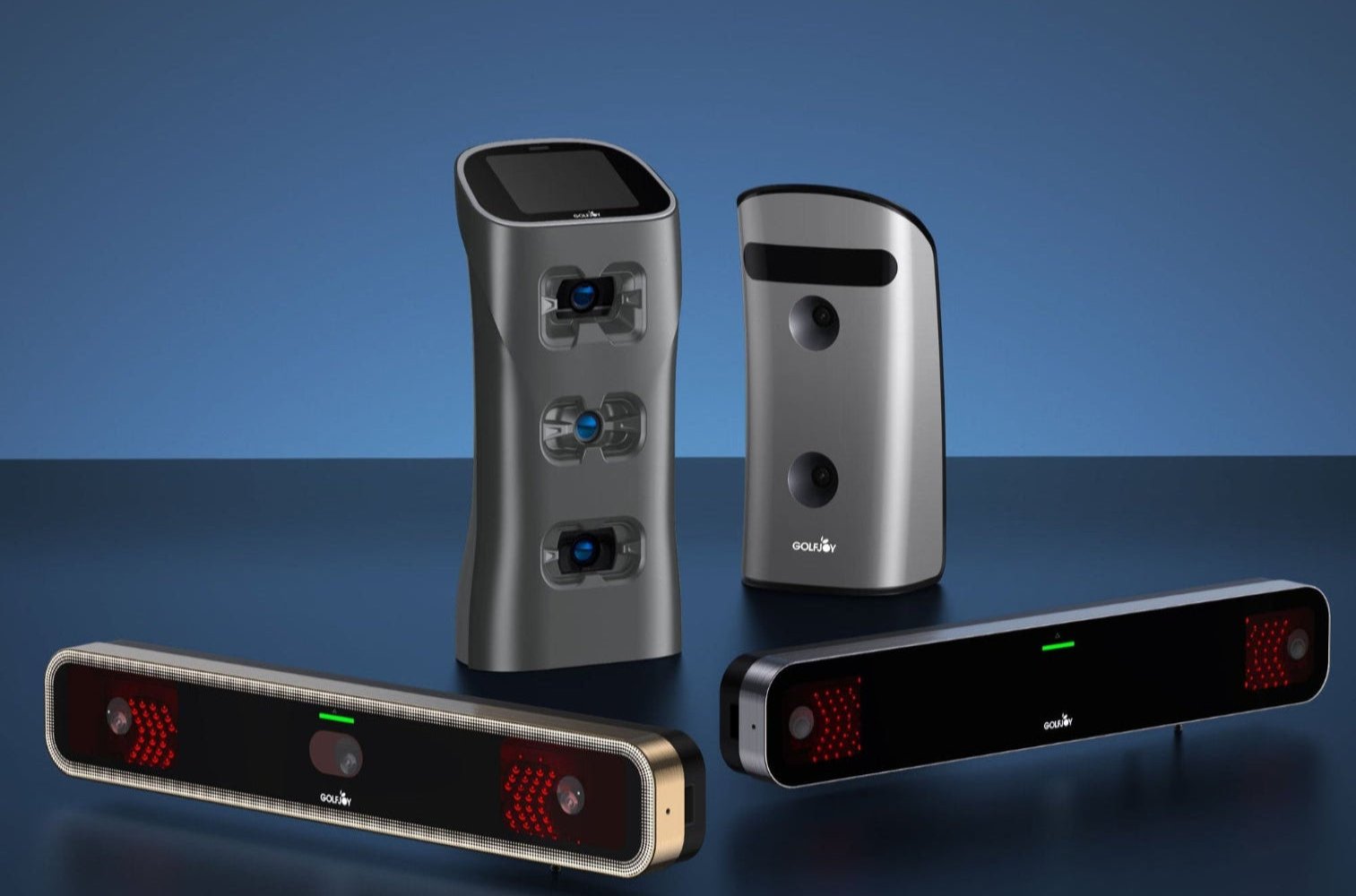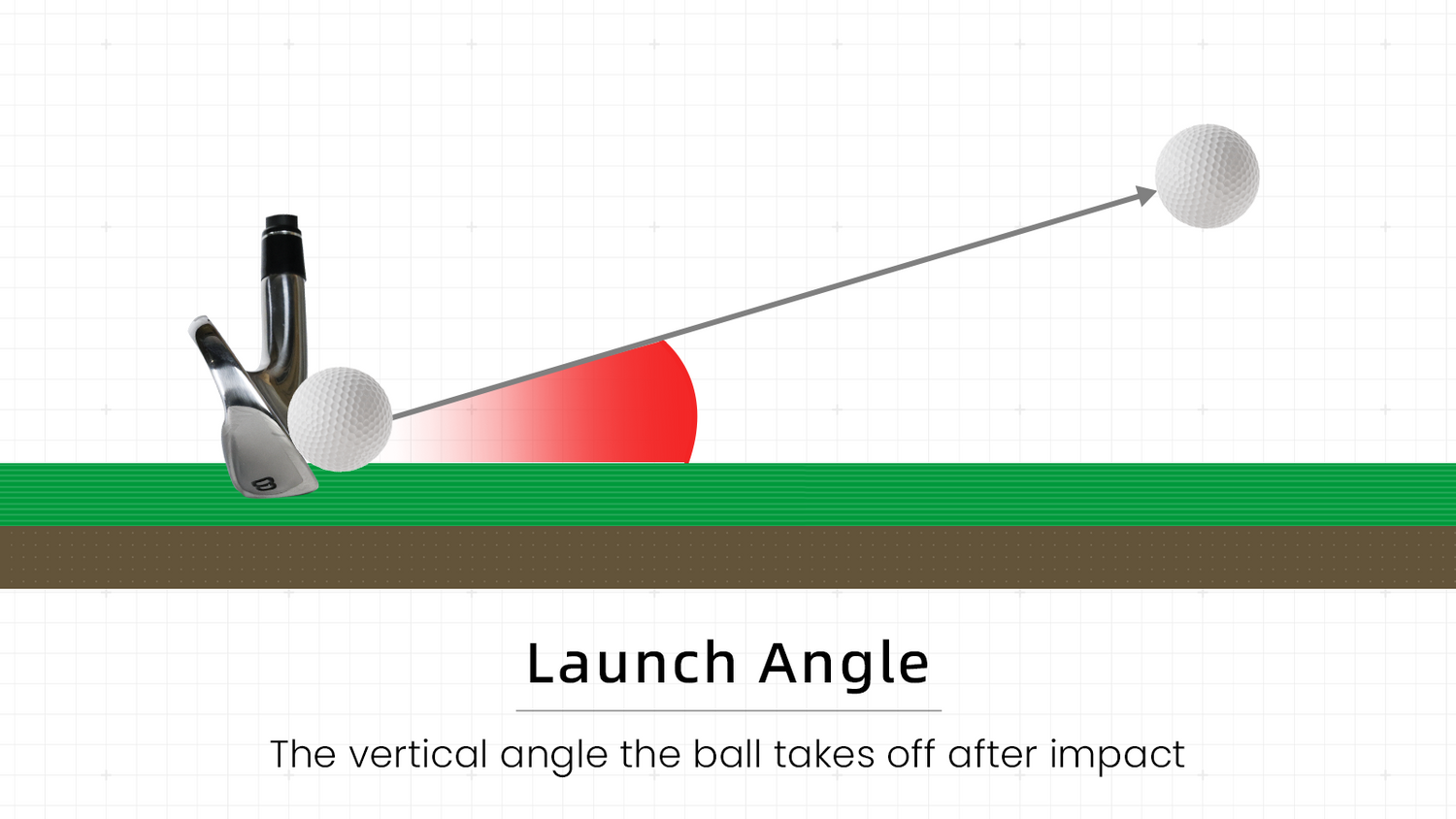If you’ve ever wondered why your golf shots sometimes soar perfectly—or fall short despite solid contact—the answer might be hidden in one key metric: Launch Angle.
Understanding this number can completely transform the way you approach your swing, your club choice, and even your training routine.
In this article, we’ll break down what Launch Angle in golf really means, why it matters, and how tools like GOLFJOY’s advanced launch monitors can help you master it.
What Is Launch Angle in Golf?
Simply put, Launch Angle is the angle at which the ball leaves the clubface after impact, relative to the ground.
It’s influenced by your club’s loft, your attack angle, and how cleanly you make contact.
A higher launch angle sends the ball higher into the air, while a lower launch angle produces a more penetrating, lower flight.
Getting this balance right is crucial because your launch angle directly affects both carry distance and total distance.
For example, if your launch angle is too low, your shots may never reach optimal height, losing carry. Too high—and you’ll balloon shots that stop short or get blown off course by wind.
Why Is 45 Degrees Often Called the “Perfect” Launch Angle?
You might have heard that 45 degrees is the best launch angle—and in pure physics, that’s true.
In a vacuum with no air resistance, a 45° angle gives the maximum range for a projectile.
But golf isn’t played in a vacuum.
Real-world conditions—spin rate, club speed, ball speed, and air resistance—change the equation.
For example, a driver’s ideal launch angle is usually between 10°–15°, while a 7-iron launch angle tends to fall around 14°–18° depending on your swing speed.
That’s why the true “best” launch angle isn’t universal.
It’s the one that maximizes your carry and roll for your swing speed and spin rate—something only a launch monitor can accurately measure.
How to Find Your Launch Angle
The most reliable way to find your launch angle is by using a golf launch monitor or golf swing tracker.
Devices like GOLFJOY’s portable launch monitors use high-speed cameras and precision sensors to capture the ball’s launch, speed, and spin instantly—without needing any guesswork.
With GOLFJOY, you can see your launch angle in real time, compare it to your club averages, and make data-driven adjustments.
Want to launch your 7 iron higher for more stopping power into greens? You’ll see how even a half-degree change affects your trajectory.
Trying to reduce your driver’s launch to get more roll? You’ll visualize it immediately on your screen.
That’s the power of data-driven training—turning information into improvement.
Why Launch Angle Matters More Than You Think
Here’s why launch angle is one of the most misunderstood—but most important—numbers in golf:
-
Distance optimization: Even with the same swing speed, a better launch angle can add 10–20 yards of carry.
-
Spin control: Launch and spin work together; the right combination produces a consistent, predictable flight.
-
Consistency: Once you know your ideal launch window for each club, you’ll hit more greens and find more fairways.
Golfers often chase swing speed, but professionals know that launch efficiency—not just power—is what separates a good shot from a great one.
Mastering Launch Angle with GOLFJOY
The GOLFJOY portable launch monitors like SPICA 3 and GDS PRO track your ball and club data through three high-speed cameras, delivering 27 precise data points including launch angle, ball speed, carry, spin, and club path.
With GOLFJOY SOFTWARE, you can analyze your swing, visualize your ball flight in realistic 3D golf course simulations, and make adjustments instantly.
Whether you’re hitting indoors, outdoors, or on your favorite virtual course, the feedback is immediate and accurate—comparable to industry-leading systems, but at a fraction of the cost.
It’s like having a professional coach and tour-level technology in your bag.










Leave a comment
All comments are moderated before being published.
This site is protected by hCaptcha and the hCaptcha Privacy Policy and Terms of Service apply.